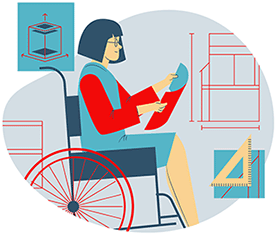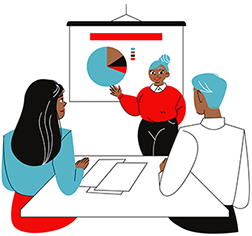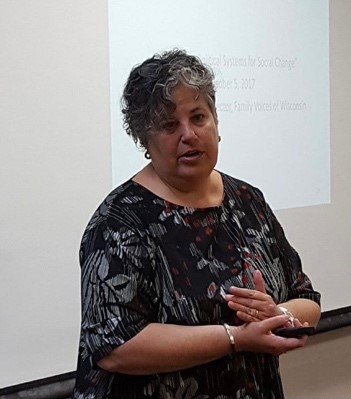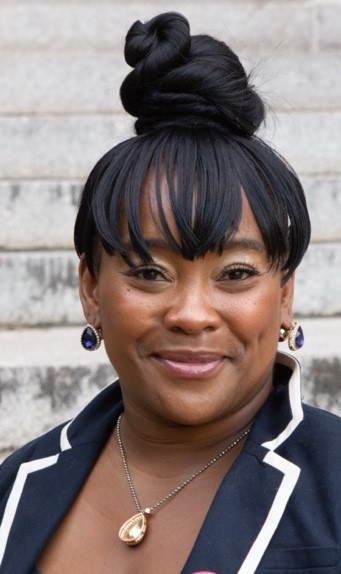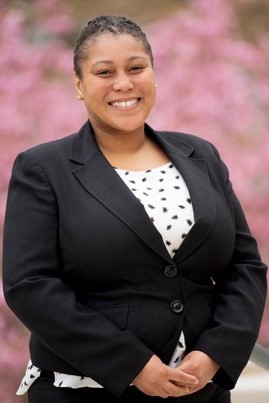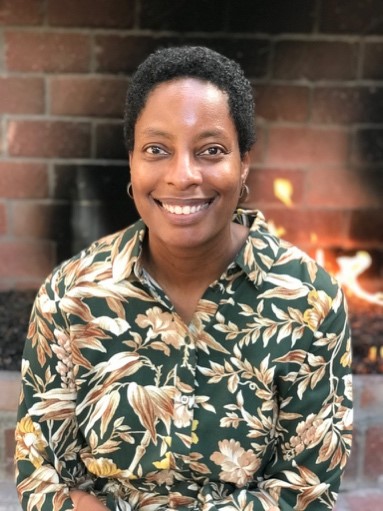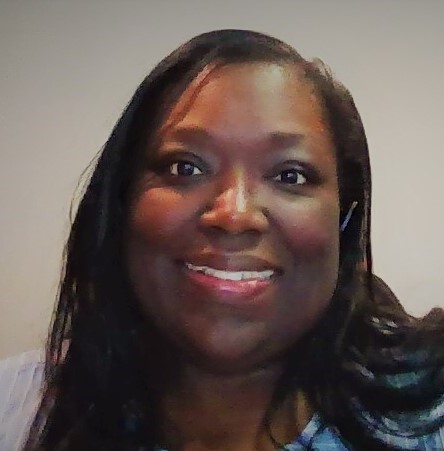
Diversity, Equity, Inclusion, and Belonging at Family Voices
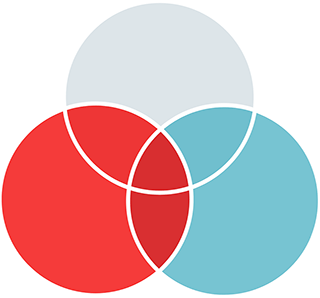
Intersectionality
Intersectionality refers to the way socially constructed categories such as race, class, and gender overlap for individuals or groups, and worsen discrimination or disadvantage.
What is intersectionality?
Intersectionality was first described by Black feminist and scholar Kimberlé Crenshaw in a 2013 article coauthored with other feminist scholars. They described intersectionality as “a method and a disposition, a heuristic and analytical tool.”
The word “intersectional” was described by Black feminist theorist Patricia Hill Collins as the “interdependent phenomena” of oppressions based on race, gender, class, sexuality, disability, nationality, or other social categories.
Intersectionality is a way to understand the ways in which various forms of inequality operate together and worsen each other.
For example, we tend to talk about race inequality as separate from inequality based on gender, class, sexuality, ability, or immigrant status. However, some people experience all of these at once, and their outcomes are much worse because of the combination of disparities they experience.
How do we address intersectionality in our work?
Target efforts to engage the voices of individuals with intersectional identities that have previously been marginalized in our work.
Focus on diversifying the staff with individuals who have minoritized intersectional identities to enrich our work environment and programs.
Seek funding for projects that address communities with intersectional identities that are routinely marginalized.
Allocate additional resources to Family-to-Family Health Information Centers (F2Fs) that primarily serve intersectional minoritized populations.
Review benefits policies to ensure that they are available to staff across intersectional identities.


